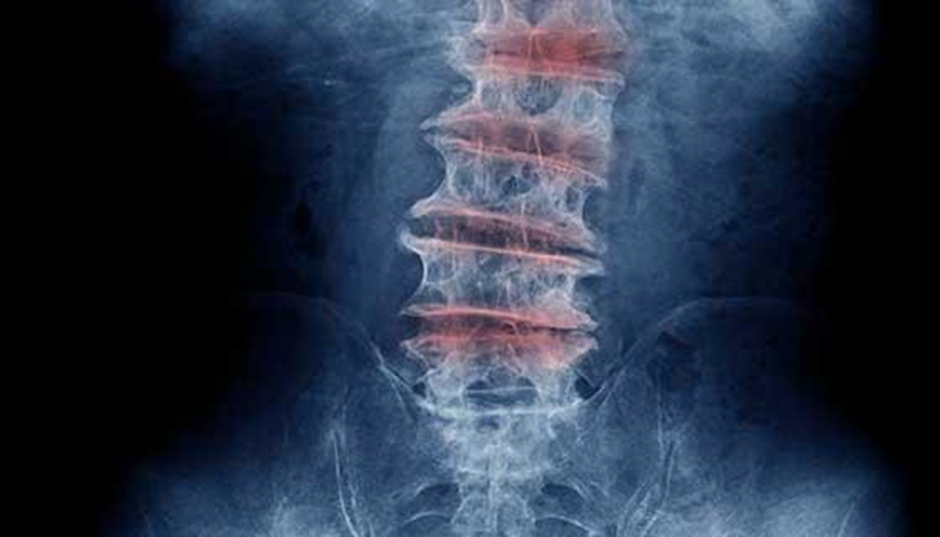Treatment Options for Spinal Stenosis - Texas Interventional Pain Specialists
Spinal stenosis, a condition marked by the narrowing of the spaces within your spine, can put pressure on your nerves that travel through the spine. The result can be debilitating pain, numbness, and other uncomfortable symptoms. It's a diagnosis nobody wants to hear, but with the right interventions, it's something that can be effectively managed.
At Texas Interventional Pain Specialists, we offer a broad array of treatment options for spinal stenosis that aim to relieve pain, improve mobility, and enhance quality of life. In this blog post, we will guide you through these options and help you understand how each one can contribute to your overall wellbeing.
Physical Therapy
First-line treatment for spinal stenosis often involves conservative, non-surgical options. Physical therapy stands as a cornerstone of this approach. Guided exercises can help build up your strength, improve balance, and increase flexibility, which in turn can help you maintain your spine's stability and alignment. Regular physical therapy sessions can also promote better posture, a key element in managing spinal stenosis symptoms.
Medication Management
Pain, the most common symptom of spinal stenosis, can be effectively managed with the right medication. Nonsteroidal anti-inflammatory drugs (NSAIDs), for instance, can help reduce inflammation that's putting pressure on your nerves.
Analgesics, or painkillers, can help manage more severe or persistent pain. In some cases, nerve pain medications and opioids may be prescribed under close supervision. Remember, medication management requires regular consultation with your healthcare provider to monitor effectiveness and avoid potential side effects.
Steroid Injections
If physical therapy and medications aren't enough, your doctor may recommend steroid injections. Epidural injections can deliver powerful anti-inflammatory medication directly to the affected area in your spine.
This can help reduce swelling, alleviate pain, and improve function. While steroid injections aren't a cure for spinal stenosis, they can provide temporary relief and make other treatments, like physical therapy, more effective.
Minimally Invasive Procedures
When conservative treatment options don't provide sufficient relief, minimally invasive procedures can be considered. For instance, interspinous spacers can be implanted to keep the spinal passage open and alleviate nerve pressure. This procedure can be performed as an outpatient treatment, resulting in quicker recovery and less post-operative pain compared to traditional surgery.
Lifestyle Modifications
Finally, let's not forget the importance of lifestyle modifications. Maintaining a healthy weight, adopting an exercise routine suitable for your condition, quitting smoking, and ensuring a nutritious diet can all contribute to better management of spinal stenosis. Regular check-ups with your healthcare provider will also ensure you're on the right track and help adjust your treatment plan as necessary.
At Texas Interventional Pain Specialists, we understand that living with spinal stenosis can be challenging. But with a broad range of treatment options and a dedicated team of experts at your side, you can effectively manage this condition and lead a fulfilling life. Your comfort and quality of life are our top priority.
Remember, every patient’s journey is unique, and what works best will depend on your condition, symptoms, and overall health. Don't hesitate to reach out to us to discuss your treatment options for spinal stenosis.


